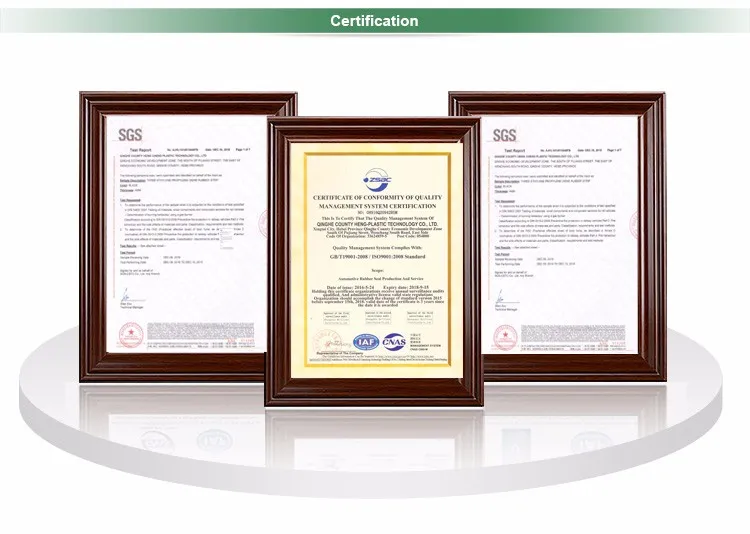Custom letter signs are personalized signage solutions that typically consist of individual letters, numbers, and symbols. They can be crafted from various materials such as wood, metal, plastic, or acrylic. These signs can be designed in countless styles, sizes, and colors, allowing businesses to convey their unique identity and message. Custom letter signs are commonly used for business names, logos, addresses, and even decorative statements in various settings including storefronts, offices, event spaces, and more.
 Home
Home















